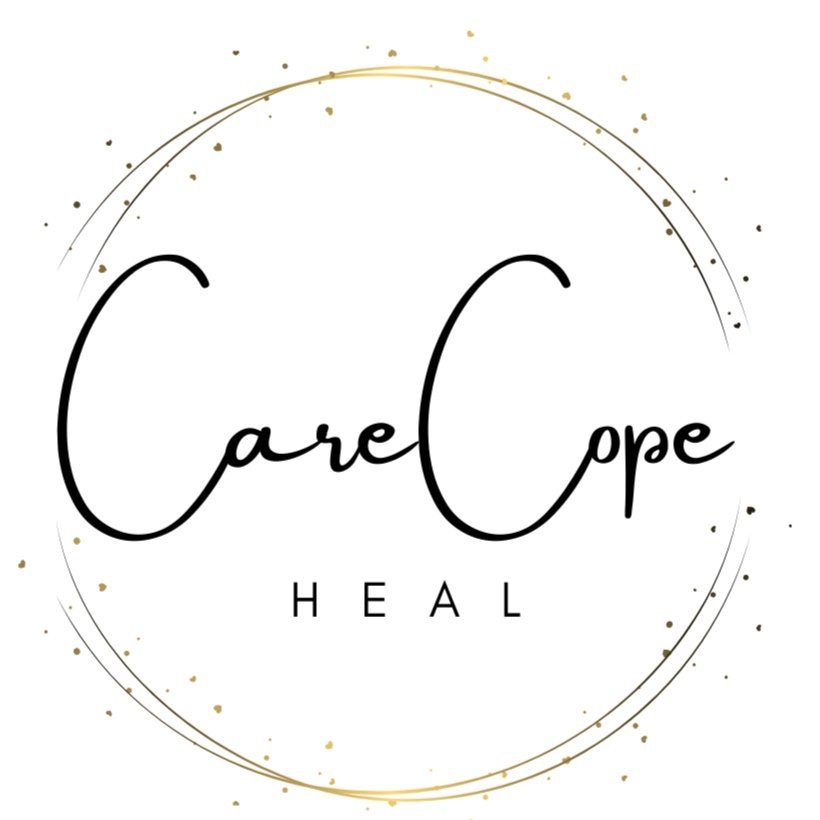Breaking the Cycle: Understanding Trans-Generational Trauma
Trauma doesn’t just affect individuals—it can echo across generations, shaping families, communities, and cultures. Many of us carry wounds that we did not personally experience, yet they influence our emotions, behaviors, and even physical health. This phenomenon is known as trans-generational trauma, and understanding it is the first step toward healing.
What is Trans-Generational Trauma?
Trans-generational trauma, also called intergenerational trauma, occurs when the effects of trauma experienced by one generation are passed down to the next. This can happen through:
Genetics: Studies suggest that trauma can alter DNA expression, impacting stress responses in descendants.
Family Dynamics: Unresolved trauma often shapes parenting styles, emotional regulation, and communication patterns.
Cultural and Societal Influence: Historical traumas—such as slavery, genocide, colonization, and forced displacement leave lasting scars on communities, affecting their collective identity and well-being.
Signs of Trans-Generational Trauma:
You might be experiencing trans-generational trauma if you notice:
-Difficulties with emotional regulation, including unexplained guilt, anger, or sadness.
-Patterns of dysfunction in family relationships, such as neglect, overprotection, or avoidance.
-Repetitive cycles of trauma (e.g., addiction, abuse, poverty) within family history.
-A sense of inherited pain, feeling connected to past suffering even if you didn’t directly experience it.
How to Heal from Trans-Generational Trauma
Healing trans-generational trauma requires both personal and collective effort. Here are some strategies:
1. Acknowledge the Past
Recognizing the trauma within your family or cultural history is crucial. This might involve talking to relatives, researching history, or working with a therapist to uncover hidden patterns.
2. Seek Therapy and Support
Therapeutic approaches like Trauma-Focused Therapy, EMDR (Eye Movement Desensitization and Reprocessing), and Somatic Therapy can help process inherited trauma. Group therapy, lifestyle changes and cultural healing practices also offer valuable support.
3. Break Dysfunctional Cycles
Be mindful of behaviors and patterns that no longer serve you. Whether it’s unhealthy coping mechanisms, emotional suppression, or avoidance, making conscious changes disrupts the cycle for future generations. Healing the trauma can break the loop.
4. Practice Self-Care and Emotional Regulation
Trauma can manifest physically and emotionally, so prioritizing self-care is essential. Mindfulness, meditation, journaling, and physical activities like yoga can help release stored trauma.
5. Foster Open Conversations
Encourage family discussions about trauma and healing. Breaking the silence allows for collective acknowledgment and support, which can be transformative.
Final Thoughts: Reclaiming Your Story
Trans-generational trauma does not define you—it’s simply a part of your story. With awareness, healing, and intentional action, it is possible to break free from inherited wounds and create a healthier future for yourself and the next generations.
Have you noticed patterns of trans-generational trauma in your life? How have you navigated them? Share your thoughts in the comments!
